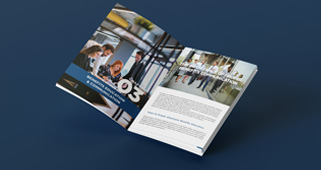The world of health insurance is full of industry-specific terms that you’re unlikely to hear anywhere else. We’ve put together this short guide to help you get up to speed with some of the most common health insurance terminology you’re likely to hear when navigating the complex world of insurance.
Deductibles
Your deductible is the amount you’re required to pay before your health insurance kicks in and pays the rest. Deductibles can be adjusted so that the premium you pay is lower. A $1,000 deductible means that $1,000 towards the healthcare bill needs to be paid first for the insurance plan to activate and pay the rest. After the deductible has been paid, usually only copayment or coinsurance is left to be paid.
Coinsurance
Coinsurance is similar to deductible, but instead of a fixed amount you pay an agreed percentage. Depending on the kind of treatment needed, this can be a more expensive option. For example, if you have 20% coinsurance and are faced with a $10,000 bill, you’re required to pay $2,000 before your health insurance covers the remaining $8,000. The are health insurance plans available with varying amounts of coinsurance and some with no coinsurance at all.
Out-of-Pocket Maximum
The out-of-pocket maximum is an extremely important aspect of health insurance plans as it limits the amount that has to be paid each year for healthcare. If your employees have a policy that has a $2,000 out-of-pocket premium, the most they will pay in a year is $2,000. The health insurance carrier covers the rest. This can result in substantial amounts of money being saved.
Getting the Right Plan For Your Employees
Here at Benely, we understand the important of getting your health insurance right. We have unparalleled industry expertise and a vast network including the biggest health insurance carriers in the United States. Working with us helps ensure you get the right group insurance plans for your employees.






